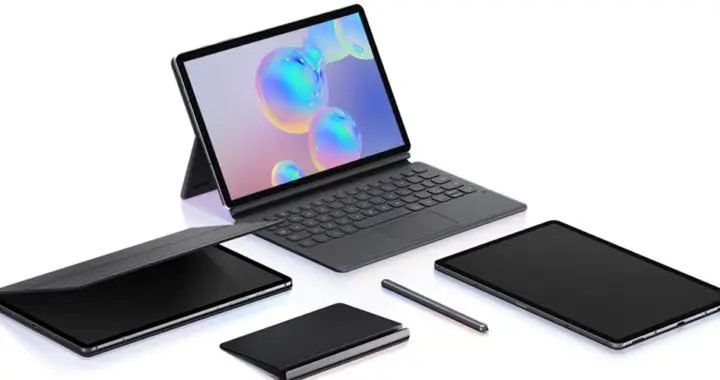The Galaxy Tab S6 is a flagship Android tablet computer from Samsung. Packed with top-tier hardware specifications, support for S Pen and a custom keyboard, and the Samsung DeX productivity user interface, it rivals the 2019 iPad Air and the 2018 iPad Pro, as well as the 2020 iPad Pro from Apple, as well as the MatePad Pro from Huawei.
Note that this concise review of the Samsung Galaxy Tab S6 provides its main selling points, especially its features and benefits, as well as its notable issues or drawbacks to guide consumers in their purchasing decisions.
The Pros of Samsung Galaxy Tab S6: Reasons Why You Should Buy
Android tablets have been struggling to survive in a market dominated by iPad computers from Apple. Samsung seems not too keen on giving up with the introduction of the Galaxy Tab S6. The company has positioned it as a premium device for content consumption and production.
Below are the selling points, strengths, and advantages of this device:
• One of the pros of the Galaxy Tab S6 is the large 10.5-inch OLED display with a 16:10 aspect ratio that provides a wide viewing angle and deep blacks.
• Comes with a fingerprint scanner embedded in the display screen based on optical scanner.
• Flagship hardware components to include a Qualcomm Snapdragon 855 processor, 6GN or 8GB of RAM, and 128GB or 256GB solid-state storage with microSD expansion
• There is an optimized DeX mode that enables access to a custom desktop version of the Android operating system.
• Multitasking features with support for multiple app windows both on the standard tablet mode and the optimized DeX mode.
• Loud and clear audio from quad Dolby Atmos speakers
• The S Pen comes in the box. There is no need for a user to purchase the stylus separately, unlike in iPad Air and iPad Pro 2020, and even the Huawei MatePad Pro.
• Minimalistic design with a commendable built quality based on metallic external frame.
• Long battery life that can last 12-hours of use thanks to the large 7040mAh lithium-ion battery. It also charges considerably fast because of the 2A charger.
The Cons of Samsung Galaxy Tab S6: Reasons Why You Should Not Buy
Despite the strengths of the Galaxy Tab S6, especially the impressive specs sheet, there are noticeable disadvantages and limitations that can make it unappealing to consumers.
The following are the drawbacks of the device:
• Note that the flagship tablet from Samsung has a starting price of USD 549.99 for the base model alone. This is considerably expensive.
• Inexpensive Android tablets are still a better option if use-case centers only on content consumption, such as browsing and media streaming.
• The keyboard does not come with the device. It costs a user an additional USD 180, although some stores offer it at a discounted rate if purchased as a bundle with the device.
• DeX can still be confusing to use because of the clunky interface. There are still bugs. Furthermore, the desktop-like experience still falls short when pitted against desktop OS such as Microsoft Windows and macOS of Apple.
• Most Android apps are still not optimized to run on large screens. Android tablets have also lost their appeal because of the dominance of iPad devices and the iPadOS, and because of the fact that Chrome OS and Chromebooks now support Android apps.
• The widescreen aspect ratio is unsuitable for productivity applications because of how it limits the height of a full-screen app window.
• Note that OLED displays have drawbacks such as screen burn-ins, color degradation, and susceptibility to water damage.
• Fingerprint scanner suffers from the disadvantages of optical scanner technology. It can be frustratingly slow and unreliable.





